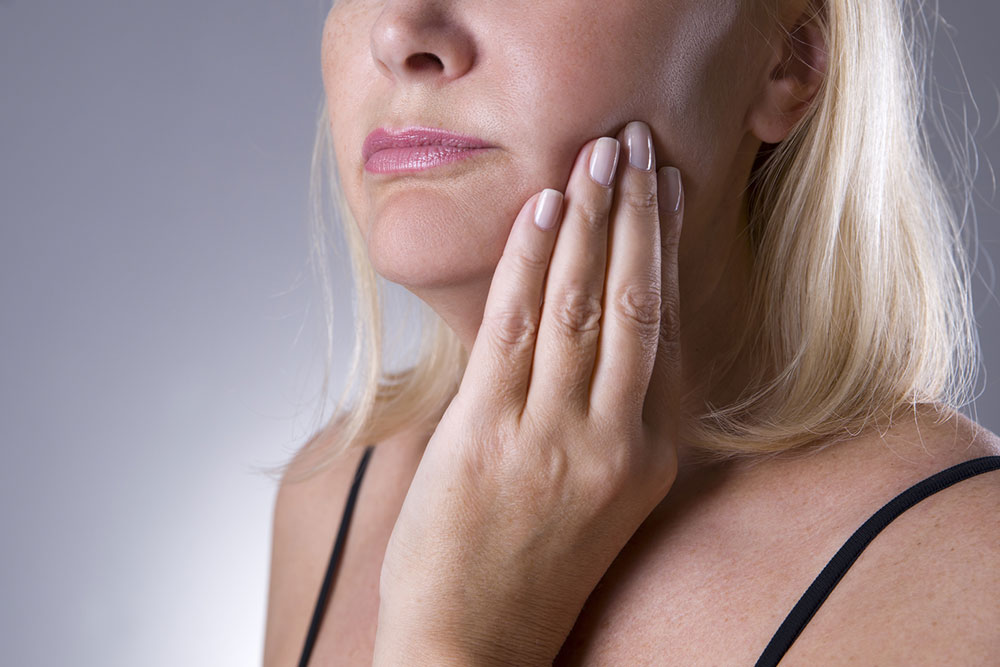11 possible signs of dental implant failure

Dental implants are a remarkable solution for those seeking to restore their smile and oral function. Their benefits include retaining bone structure, freedom from food restrictions, effective speech and communication, and a complete smile. However, like any medical procedure, complications can arise. A spectrum of signs might signal a potential issue with dental implants. Therefore, it’s essential to recognize the following early signs of possible problems to ensure the longevity and efficacy of dental implants.
Persistent pain and discomfort
Beyond post-operative discomfort, an intensifying pain can indicate an underlying issue. This pain may manifest as a lingering ache, sharp spasms, or even a throbbing sensation. If the pain persists or worsens over time, it is vital to seek a professional assessment. This could indicate early inflammation, nerve involvement, or implant instability.
Swelling and inflammation
It’s normal to experience some mild swelling and inflammation after a dental implant procedure. However, if these symptoms persist or worsen, it may indicate an underlying issue. When brushing, you may notice redness, swelling, or bleeding of the gums around the implant site. It’s important to keep a close eye on these symptoms. Prolonged inflammation could be a sign of healing, infection, or problems with implant integration.
Loose or wobbly implant
Dental implants rely on osseointegration, where they fuse with the jawbone. If an implant feels unstable or mobile, it may indicate integration issues or potential structural concerns. Early intervention can prevent implant failure and the need for more extensive corrective procedures. A loose implant could indicate compromised bone density, improper placement, or an infection affecting the integration process.
Difficulty in chewing or biting
Dental implants restore the ability to chew and bite comfortably; difficulties in these activities might indicate a problem. It could stem from issues with the implant’s integration or complications related to the prosthetic tooth. An in-depth examination is essential to pinpoint the cause. Discomfort or pain while eating could be due to various factors, including misalignment, implant fracture, or issues with the prosthetic tooth.
Unusual odor or taste
The presence of an unpleasant or abnormal odor or taste near the implant site can signify an underlying issue, potentially an infection. Ignoring this symptom may lead to severe complications. Swift, professional intervention is necessary to diagnose and treat the root cause. A foul odor or taste could indicate bacterial growth or infection in the implant area, which requires immediate attention.
Receding gums around the implant area
Healthy gum tissue should snugly envelop the base of a dental implant. When gums start to recede, exposing more of the implant than usual may indicate gum disease or issues with the implant itself. Regular check-ups with a dental professional can help monitor gum health. If left untreated, receding gums can lead to further complications, including potential implant exposure or bone loss.
Pus or discharge
The presence of pus or discharge around the implant site is a definitive sign of infection. This must not be disregarded, as untreated infections can have severe consequences. Immediate dental care is critical to manage the infection and prevent further complications. Pus or discharge indicates a localized infection, which, if not addressed promptly, can lead to more severe systemic issues and potential implant failure.
Persistent bleeding
While some bleeding is normal after implant surgery, prolonged or recurring bleeding is cause for concern. It might suggest improper healing, an infection, or other complications. Dental professionals should evaluate any sustained bleeding to rule out potential issues. Prolonged bleeding could also indicate compromised healing, inadequate blood clot formation, or underlying vascular issues.
Unexplained sensations
Patients may experience tingling, numbness, or a “pins and needles” feeling around the implant site. These sensations could indicate nerve involvement, possibly due to the implant’s placement or pressure on surrounding tissues. Nerve-related symptoms should be assessed promptly to prevent potential long-term complications.
Changes in gum color and texture
Healthy gums are typically pink and firm. Any alterations in color (such as redness or bluish tint) or texture (softening or ulceration) can indicate gum disease or other underlying problems. Changes in gum appearance suggest potential issues with gum health, which could impact the stability and health of the dental implant.
Visible bone loss
Significant bone loss may occur around the implant site in severe implant complications. This can result in a noticeable change in the shape and structure of the jaw. Visible bone loss is a critical sign that requires prompt attention to prevent further structural issues and maintain the implant’s stability.



